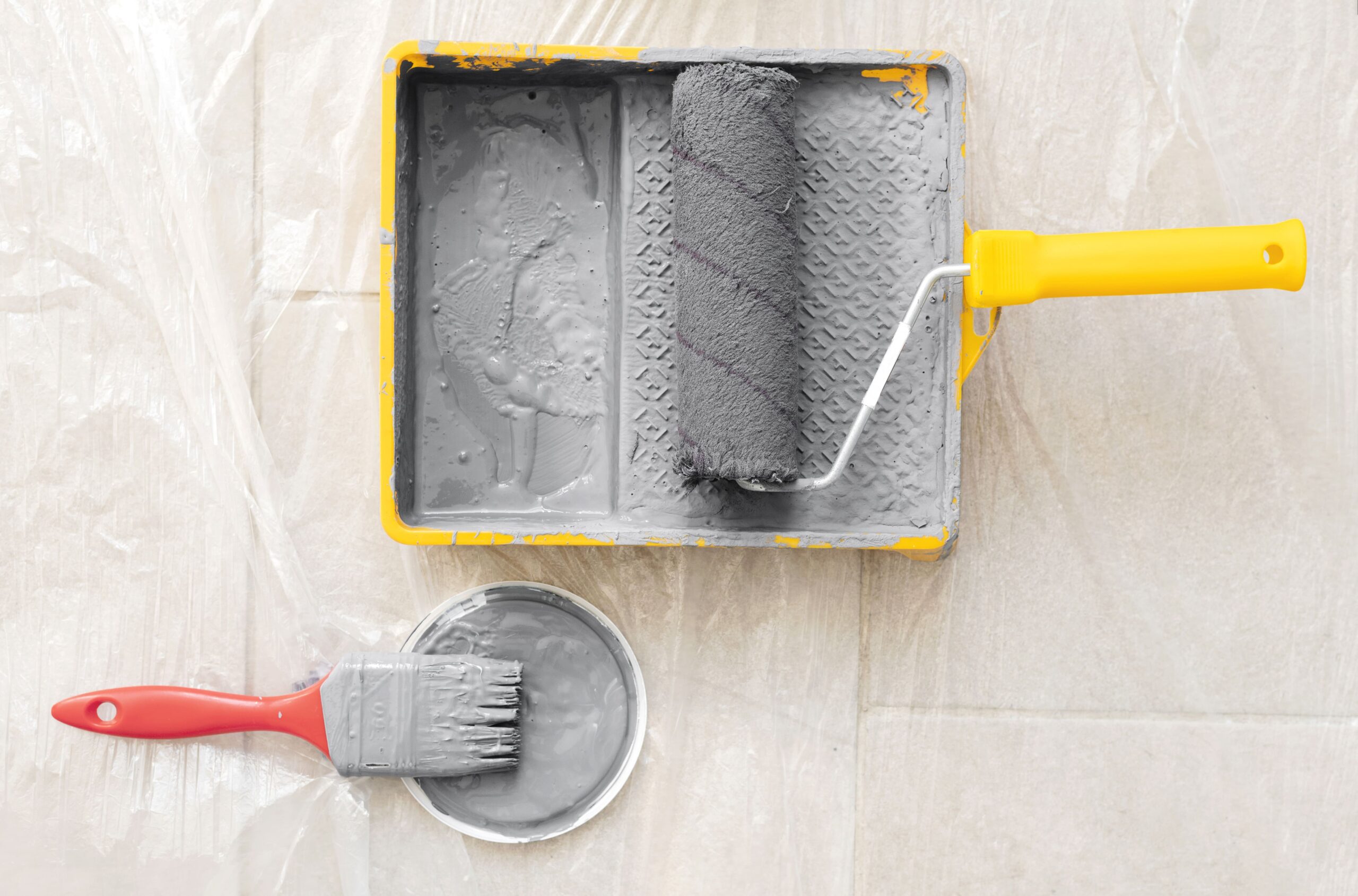
Introduction to Tile Adhesive
What is Tile Adhesive?
Tile adhesive, also known as tile mortar or thin-set, is a bonding agent used to attach tiles to various surfaces such as floors, walls, and countertops. It is a versatile material that comes in various formulations to suit different types of tiles and substrates.
Importance of Using Tile Adhesive
Using tile adhesive offers several advantages over traditional methods of tile installation, such as using cement or mastic. It provides a stronger bond, improves water resistance, and allows for easier and more precise application.
Types of Tile Adhesive
Tile adhesive comes in different types, each tailored to specific applications and tile materials.
Cement-based Tile Adhesive
Cement-based tile adhesive is the most commonly used type and is suitable for a wide range of tiles and substrates. It consists of cement, sand, and additives that enhance adhesion and flexibility.
Epoxy Tile Adhesive
Epoxy tile adhesive is a premium option known for its exceptional strength and durability. It is often used in areas with high moisture or heavy traffic, such as swimming pools and commercial kitchens.
Organic Mastic Tile Adhesive
Organic mastic tile adhesive is a pre-mixed adhesive that is easy to use and suitable for smaller tile projects or DIY enthusiasts. However, it may not be suitable for all tile materials or high-moisture areas.
Advantages of Using Tile Adhesive
Stronger Bond
Tile adhesive forms a strong and durable bond between tiles and substrates, ensuring that tiles remain in place even under heavy use or extreme conditions.
Waterproof Properties
Many tile adhesives offer excellent water resistance, preventing moisture from seeping through and causing damage to the underlying structure.
Easy Application
Tile adhesive is easy to work with and can be applied using a trowel or a notched trowel, ensuring even coverage and proper adhesion.
How to Choose the Right Tile Adhesive
Choosing the right tile adhesive is crucial for a successful tile installation project. Several factors should be considered when selecting the appropriate adhesive.
Consideration of Tile Material
Different types of tiles, such as ceramic, porcelain, or natural stone, may require specific adhesives tailored to their properties.
Substrate Compatibility
The substrate onto which the tiles will be installed should be evaluated to ensure compatibility with the chosen adhesive.
Environmental Conditions
Factors such as temperature, humidity, and exposure to moisture should be taken into account when selecting tile adhesive to ensure long-term performance.
Preparation Before Applying Tile Adhesive
Proper preparation of the substrate is essential for achieving optimal adhesion and durability of the tiled surface.
Surface Cleaning
The substrate should be clean, dry, and free of any dust, grease, or debris that could interfere with the adhesive bond.
Priming the Substrate
In some cases, applying a primer to the substrate can improve adhesion and ensure proper bonding between the adhesive and the surface.
Mixing the Adhesive Correctly
Follow the manufacturer’s instructions for mixing the tile adhesive, ensuring the correct ratio of adhesive to water or additive.
Application of Tile Adhesive
Spreading the Adhesive
Use a trowel or a notched trowel to spread the adhesive evenly onto the substrate, ensuring full coverage and avoiding air pockets.
Tile Placement
Place the tiles firmly into the adhesive, pressing down gently to ensure proper adhesion and alignment.
Grouting Process
Once the adhesive has cured, grout the tiles to fill the gaps between them, providing a finished look and further securing the tiles in place.
Common Mistakes to Avoid When Using Tile Adhesive
Despite its ease of use, there are several common mistakes that people often make when using tile adhesive.
Insufficient Surface Preparation
Failing to properly clean and prepare the substrate can result in poor adhesion and eventual tile failure.
Incorrect Adhesive Selection
Using the wrong type of adhesive for the tile material or substrate can lead to bond failure or other issues down the line.
Improper Mixing or Application
Not following the manufacturer’s instructions for mixing and applying the adhesive can result in weak bonds or uneven tile placement.
Tips for Ensuring Long-lasting Results
To maximize the durability and longevity of your tiled surfaces, follow these tips:
Follow the Manufacturer’s Instructions
Always read and follow the manufacturer’s instructions for the specific tile adhesive you are using, including mixing ratios, application techniques, and curing times.
Allow Proper Curing Time
Ensure that the adhesive has sufficient time to cure before subjecting the tiled surface to heavy use or moisture exposure.
Regular Maintenance
Perform regular inspections and maintenance of your tiled surfaces to identify and address any issues before they escalate.
Conclusion
Tile adhesive is a vital component of any tile installation project, offering numerous benefits such as strong bonding, waterproof properties, and ease of application. By choosing the right adhesive, properly preparing the substrate, and following best practices for application and maintenance, you can ensure the longevity and durability of your tiled surfaces for years to come.
FAQs (Frequently Asked Questions)
Can I use tile adhesive for outdoor projects?
Yes, there are specialized tile adhesives available that are formulated for outdoor use and can withstand exposure to the elements.
How long does tile adhesive take to dry?
The drying time of tile adhesive varies depending on factors such as temperature, humidity, and the type of adhesive used. Generally, it takes 24 to 48 hours for the adhesive to fully cure.
Can I tile over existing tiles using adhesive?
Yes, it is possible to tile over existing tiles using tile adhesive, provided that the existing tiles are in good







